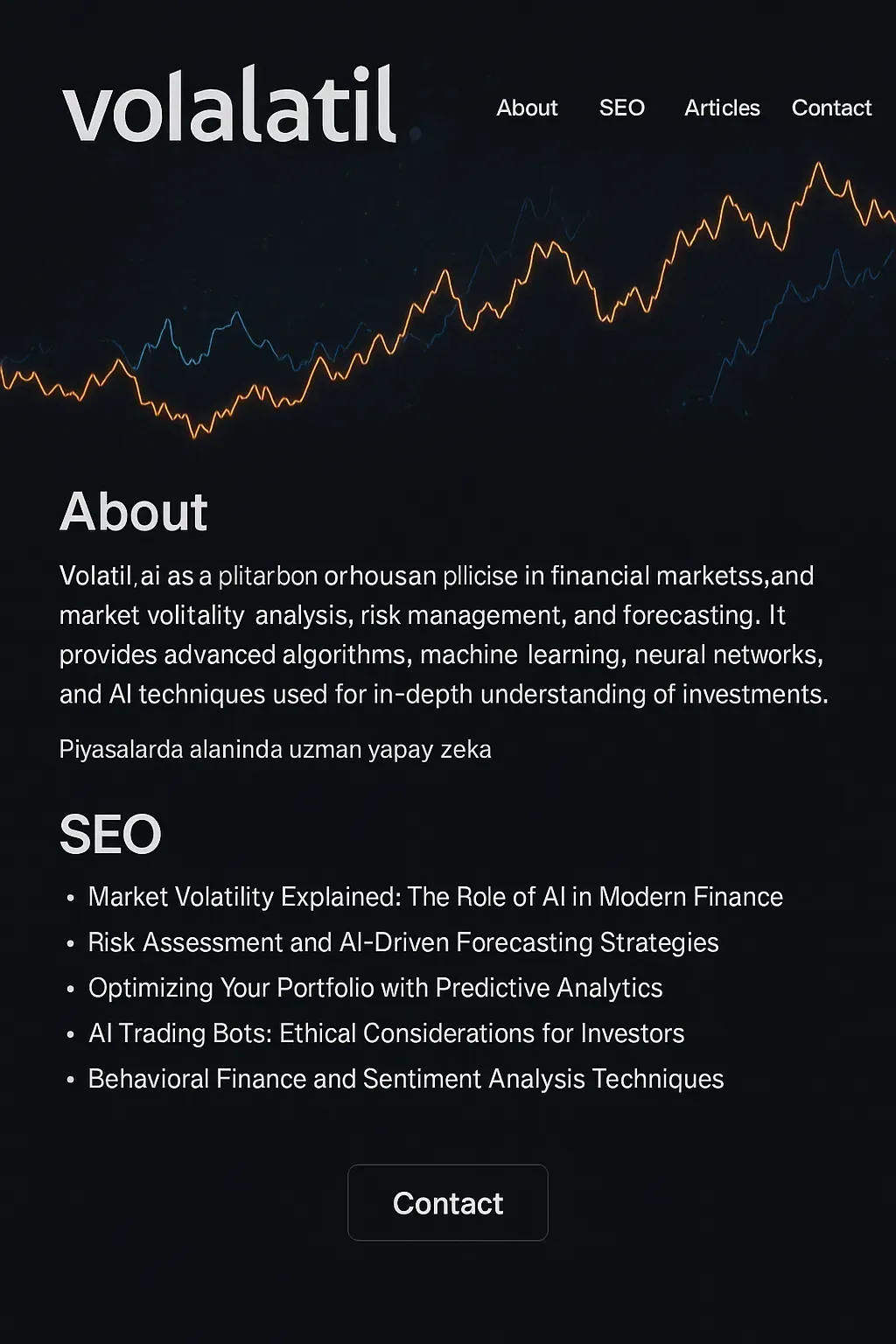
Regulation & Safety in AI‑Driven Markets
As algorithms assume a growing role in financial markets, questions of transparency and oversight move to the forefront. Volatility forecasting, trading bots and asset allocation models often rely on statistical foundations like classification, clustering and regression【984745120186931†L213-L217】 to identify patterns in market data. When these systems execute trades at millisecond speeds, even minor model errors can amplify risk across interconnected markets. Regulators therefore emphasise explainability: investment firms must be able to justify predictions and decisions to supervisors, investors and the public. This includes documenting data sources, model assumptions and validation procedures, and providing tools for independent audit.
The regulatory landscape for AI‑driven finance is evolving. Frameworks such as MiFID II in Europe, the Dodd‑Frank Act in the United States and proposals like the EU AI Act address issues ranging from market stability to consumer protection. They require firms deploying automated trading strategies to register algorithms, implement circuit breakers and maintain robust risk management policies. Predictive models must be stress‑tested under extreme scenarios and calibrated using classification, regression and clustering techniques to ensure they remain robust when markets diverge from historical patterns. Cross‑border coordination is essential because digital platforms operate globally and regulatory arbitrage can undermine safety.
Ensuring safety extends beyond compliance; it demands ongoing monitoring and model governance. Financial institutions are increasingly adopting model risk management frameworks that assess statistical accuracy, fairness and security throughout a model’s lifecycle. These frameworks call for independent validation teams, ongoing performance testing and strict controls on data access to protect privacy. Measures like robust encryption, differential privacy and federated learning can mitigate data leaks while still enabling models to learn from aggregated patterns. In high‑frequency contexts, regulators are also exploring technical solutions like kill switches and real‑time system telemetry to halt runaway strategies before they propagate system‑wide contagion.
Ultimately, building trustworthy AI‑driven markets requires collaboration between regulators, technologists, data scientists and ethicists. By combining deep domain expertise with rigorous statistical methods, stakeholders can design rules that foster innovation while prioritising stability and fairness. Ongoing dialogue will help refine standards for transparency, consent and accountability, ensuring that automated systems augment rather than undermine human decision‑making. As market dynamics evolve, adaptive regulation and vigilant oversight will be vital to harness the potential of artificial intelligence without sacrificing safety.
Back to articles